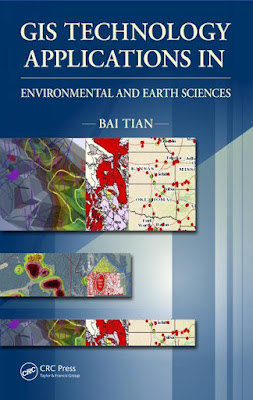GIS Technology Applications in Environmental and Earth Sciences
A Geographic Information System (GIS) is a computer system that helps users to collect, process, edit, store, manage, share, analyze, model, and visualize large volumes of datasets to understand spatial relationships, patterns, and trends, and make educated and sound decisions. The two key words in its name, “geographic” and “information,” make GIS a unique technology, different in many ways from other traditional cartographic mapping and data management systems and applications. “Geographic” (also known as geospatial or spatial) means that GIS mainly deals with spatial data features, which are in one way or another references to locations on the earth, such as sampling location points, utility lines, and land parcel polygons. By manipulating spatial data layers (also known as themes), GIS is capable of producing maps similar to other mapping systems, such as a computer-aided design and drafting (CADD) system.







No comments:
Post a Comment